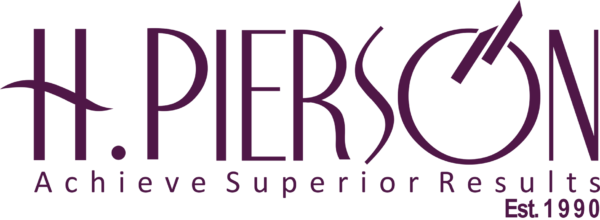The health of any government, especially at the local level, is inextricably tied to its ability to manage public resources effectively. But in many parts of Nigeria and across Africa, financial management systems remain underdeveloped, opaque, or overly reliant on manual processes. This not only limits service delivery but also exposes institutions to inefficiencies, leakages, and public distrust.
Local governments sit at the frontline of development, responsible for the daily realities of citizens, from infrastructure and healthcare to education and waste management. Yet many operate without robust financial accountability systems or clear strategies for generating sustainable revenue. As national budgets tighten and donor flows become increasingly conditional, the ability to internally mobilize and responsibly manage resources has become a defining factor for local government resilience.
What’s needed is a two-fold shift.
First, financial accountability must move from theory to practice. This means institutionalizing clear frameworks for budgeting, expenditure tracking, and public financial reporting. Equipping finance directors, auditors, and local executives with the skills to apply these frameworks in real-world contexts is critical.
Second, governments must rethink revenue generation—not just in terms of raising taxes, but in unlocking value from local assets. Whether through tourism, agriculture, mineral resources, or digital platforms, local governments must design innovative, context-appropriate strategies to boost internally generated revenue while ensuring fairness and inclusivity.
This approach builds more than financial muscle; it builds autonomy and credibility.
Through its Financial Management & Budgeting programs, H. Pierson supports subnational entities in creating transparent, efficient, and future-ready financial ecosystems. Because when local governance is backed by financial discipline, communities thrive—and development becomes a lived reality, not a distant plan.











